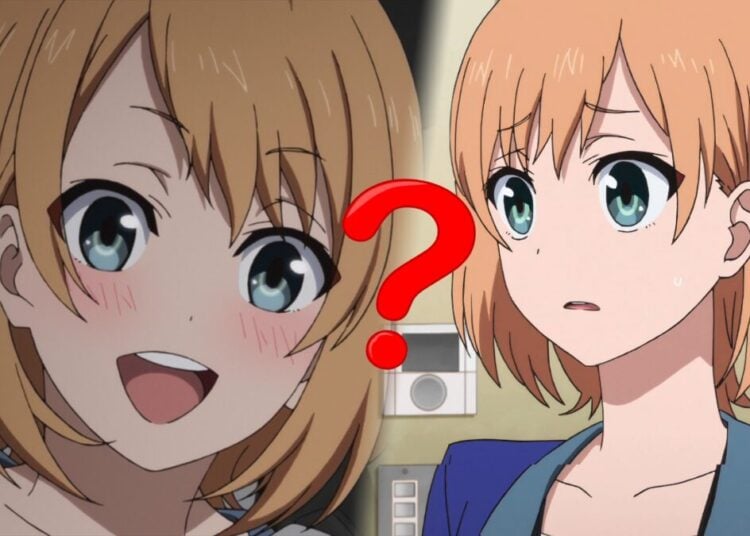One of the things I’ve liked about my years of learning Japanese is what I’ve come to call the “joy of satori,” a sort of thrill that jumps through your brain when you make a difficult linguistic connection, solve a challenging kanji problem, or intuit a correct answer without really knowing why. Satori means understanding or comprehension, or written with another kanji, enlightenment in the Buddhist sense, and I believe our brains are hard-wired to feel joy when a difficult solution is finally comprehended. I remember back when I read reading my favorite manga, the Rumiko Takahashi classic Maison Ikkoku, the story of a university ronin who falls in love with the widowed manager of his apartment building and takes several years to woo her. There’s a secret code embedded in the series, a number system based on the names of the characters and the apartments in the building: for example, the main character is Godai and he lives in room number 5 since go is 5 in Japanese; his neighbor Yotsuya lives in room 4 as yotsu represents that number; and so on, with Kyoko being zero, since her last name contains the character nashi (meaning “nil”). I’ll never forget the thrill I felt when I puzzled this system out for the first time — it was a small piece of enlightenment, but it was my own.
In the ending to the Maison Ikkoku movie, which tells you the events of a couple days before Kyoko and Godai get married, not terribly canon but if you’re an MI fan it’s loads of fun. It’s kind of the total climax of the Maison Ikkoku universe because of the ending credits, which count down the ten characters in numerical order from 9 to 0. The character of Nikkaido, who lives in room #2, was put in the film after being left out of the whole series just to make these ending credits possible. Anyway, this is a great snapshot from the end of the 80s, when everything was drawn by hand — even the ending credits are embedded in the frigging cels, as they should be, without the video effect crap they do these days. Enjoy.
)
















